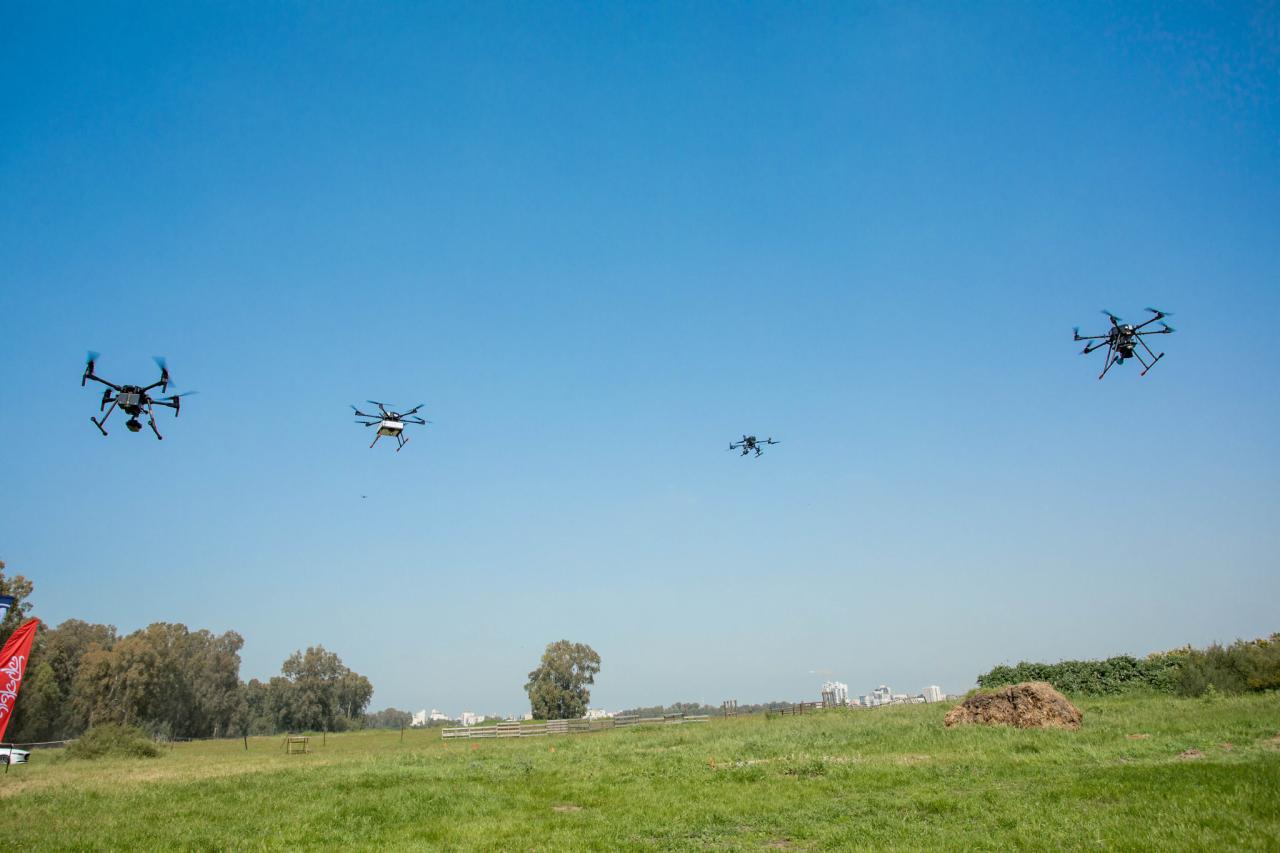Sky elements drones are revolutionizing atmospheric research, offering unprecedented access to data previously difficult or impossible to obtain. These unmanned aerial vehicles (UAVs), equipped with an array of sensors and cameras, provide a versatile platform for collecting detailed information about various atmospheric parameters, from temperature and pressure to wind speed and air quality. This allows for a more comprehensive understanding of weather patterns, climate change, and air pollution.
The use of drones in atmospheric science presents significant advantages over traditional methods. Drones offer greater flexibility and maneuverability, allowing for targeted data collection in specific areas or at varying altitudes. Their cost-effectiveness, coupled with the ability to deploy them rapidly to remote or hazardous locations, further enhances their appeal. However, it is crucial to consider the limitations, such as battery life, range, and regulatory restrictions, to ensure successful and safe operation.
Drone Technology in Atmospheric Research
Drones are revolutionizing atmospheric research, offering a cost-effective and flexible platform for collecting diverse atmospheric data. Their maneuverability allows for targeted data acquisition in specific locations and altitudes, surpassing the limitations of traditional methods.
Types of Drones for Atmospheric Data Collection
Various drone platforms are employed in atmospheric research, each with specific capabilities. These include small, lightweight quadcopters ideal for localized measurements, larger fixed-wing drones for covering wider areas, and specialized high-altitude platforms for reaching upper atmospheric levels. The choice of drone depends on the research objectives, altitude requirements, and the type of sensors being used.
Drone-Based Atmospheric Sensor Measurement
Drones carry a suite of sensors to measure various atmospheric elements. Temperature is measured using thermistors or infrared sensors; pressure is measured using barometric sensors; humidity is determined using capacitive or resistive sensors; and wind speed and direction are measured using anemometers or ultrasonic sensors. These sensors transmit data wirelessly to a ground station for real-time analysis.
Advantages and Disadvantages of Drone-Based Atmospheric Studies
Compared to traditional methods like weather balloons or manned aircraft, drones offer significant advantages. They are more cost-effective, easier to deploy, and provide higher spatial resolution data. However, limitations include flight time restrictions, susceptibility to weather conditions, and regulatory constraints on airspace usage. Battery life and range remain significant technological challenges.
Comparison of Drone Platforms for Sky Element Monitoring
| Drone Platform | Payload Capacity | Flight Time | Altitude Capability |
|---|---|---|---|
| Small Quadcopter | Up to 2 kg | 15-30 minutes | 100-500 meters |
| Fixed-Wing Drone | Up to 5 kg | 60-90 minutes | 1000-3000 meters |
| High-Altitude Platform | Up to 10 kg | Several hours | 5000+ meters |
| Hybrid VTOL | Variable depending on design | Variable depending on design | Variable depending on design |
Imaging and Visualization of Sky Elements with Drones
Drones equipped with various cameras provide detailed visual information about atmospheric conditions. This visual data, coupled with sensor measurements, significantly enhances our understanding of atmospheric processes.
Drone Camera Types for Sky Element Observation
Visible light cameras capture standard images of clouds and weather patterns. Infrared cameras detect thermal radiation, useful for studying cloud temperature and atmospheric stability. Multispectral cameras capture images across multiple wavelengths, revealing information not visible to the human eye, such as vegetation stress or pollutant distribution. These diverse imaging capabilities provide a comprehensive picture of atmospheric conditions.
The increasing sophistication of sky elements drones, from their navigation systems to their payload capabilities, raises significant concerns about their potential misuse. A recent example highlighting this vulnerability is the kazan drone attack , which underscores the need for robust counter-drone technologies. Further research into both the offensive and defensive applications of sky elements drones is therefore crucial for ensuring safe and secure airspace.
Processing and Analyzing Drone-Captured Images
Sophisticated image processing techniques are employed to analyze drone imagery. These include orthorectification to correct for geometric distortions, cloud identification algorithms, and quantitative analysis of spectral signatures to determine atmospheric constituents. Specialized software packages are utilized for efficient processing and visualization.
Workflow for Capturing, Processing, and Visualizing Drone Imagery
A typical workflow involves pre-flight planning, data acquisition using the drone, post-processing of the images using specialized software, and visualization through maps, 3D models, or animations. This integrated approach allows for a comprehensive understanding of the atmospheric conditions.
Examples of Drone Imagery in Weather Forecasting and Atmospheric Modeling
- Improved cloud identification and classification for enhanced weather forecasting.
- Detailed visualization of atmospheric boundary layers for better understanding of air pollution dispersion.
- Monitoring of severe weather events like thunderstorms and tornadoes for improved early warning systems.
- Assessment of wildfire smoke plumes to predict the spread of smoke and its impact on air quality.
Drones and Air Quality Monitoring
Drones are increasingly used for air quality monitoring, offering a mobile and flexible platform for measuring pollutants over large areas. This capability provides a more comprehensive understanding of pollution distribution compared to traditional ground-based monitoring stations.
Sensors for Measuring Air Pollutants
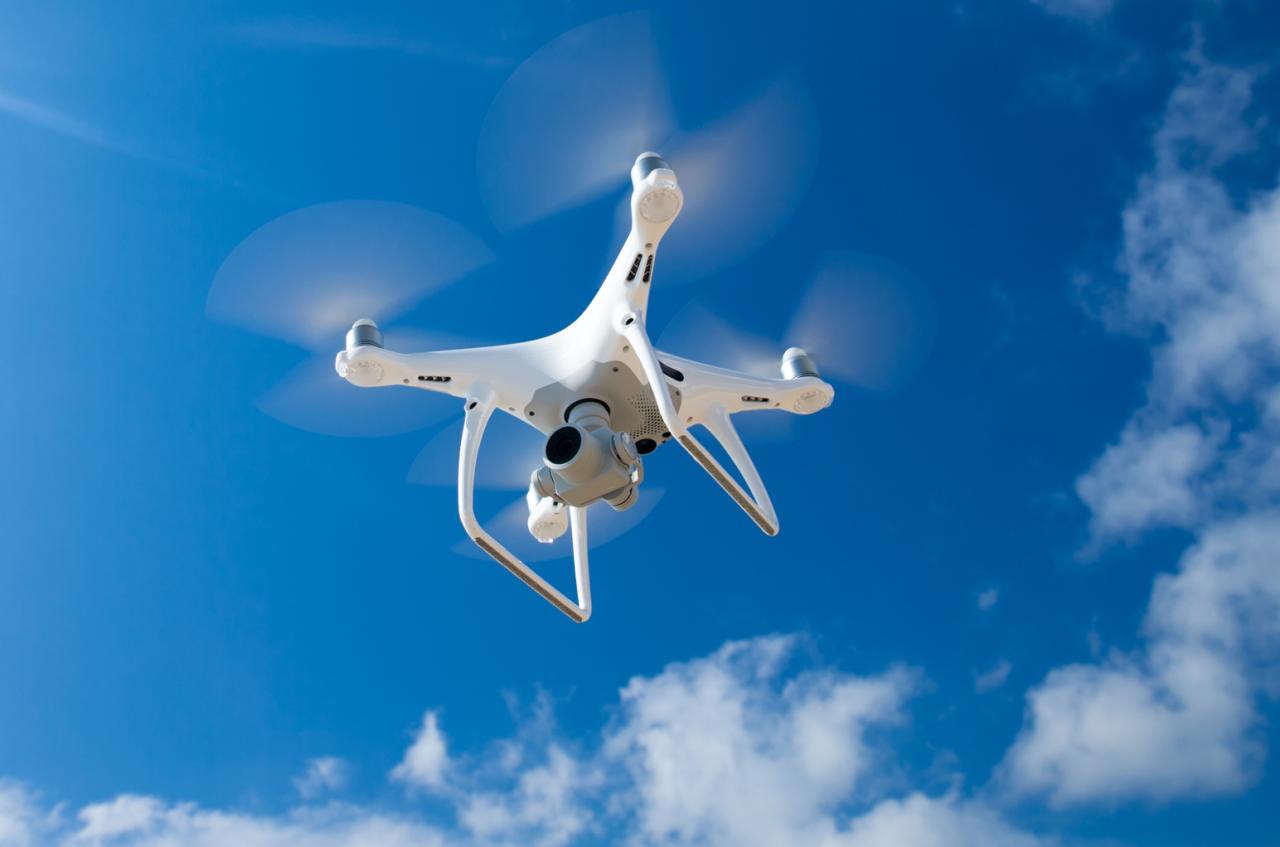
Drones can be equipped with a variety of sensors to measure various air pollutants. These include gas sensors for measuring gases like ozone, nitrogen dioxide, and sulfur dioxide; particulate matter sensors for measuring PM2.5 and PM10; and sensors for measuring other pollutants like carbon monoxide and volatile organic compounds. The selection of sensors depends on the specific pollutants of interest.
Accuracy and Limitations of Drone-Based Air Quality Monitoring
Drone-based air quality monitoring provides high spatial resolution data, capturing variations in pollutant concentrations over small areas. However, limitations include the limited flight time of drones, the potential for sensor drift, and the need for careful calibration and validation of the sensor data. Accuracy also depends on the quality of the sensors used and the environmental conditions during data acquisition.
Hypothetical Drone Deployment for Air Quality Assessment
Imagine a scenario where a city wants to assess air quality across a large industrial area. A fleet of drones equipped with various air quality sensors could be deployed on a pre-planned flight path to collect data across the area. This data could then be used to create a detailed map of pollutant concentrations, identifying pollution hotspots and informing pollution control strategies.
Step-by-Step Procedure for Deploying and Retrieving an Air Quality Monitoring Drone
- Pre-flight checks: Ensure the drone, sensors, and batteries are fully functional and charged.
- Flight planning: Define the flight path and altitude, considering airspace restrictions and weather conditions.
- Deployment: Launch the drone and monitor its flight path and sensor data.
- Data acquisition: Collect data along the pre-planned flight path.
- Retrieval: Land the drone safely and download the collected data.
- Post-processing: Analyze the collected data using appropriate software.
Safety and Regulatory Aspects of Drone Operations in the Sky
Safe and responsible drone operation is crucial for atmospheric research. Strict adherence to safety protocols and regulations is paramount to prevent accidents and ensure the integrity of the research.
Safety Protocols and Regulations for Drone Flights, Sky elements drones
Drone operations are governed by strict regulations, particularly near airports or other restricted airspace. These regulations include maintaining visual line of sight, adhering to altitude restrictions, and obtaining necessary permits. Pilots must be properly trained and certified to operate drones safely and legally. Unauthorized drone flights can result in serious penalties.
Risks and Mitigation Strategies in Various Weather Conditions
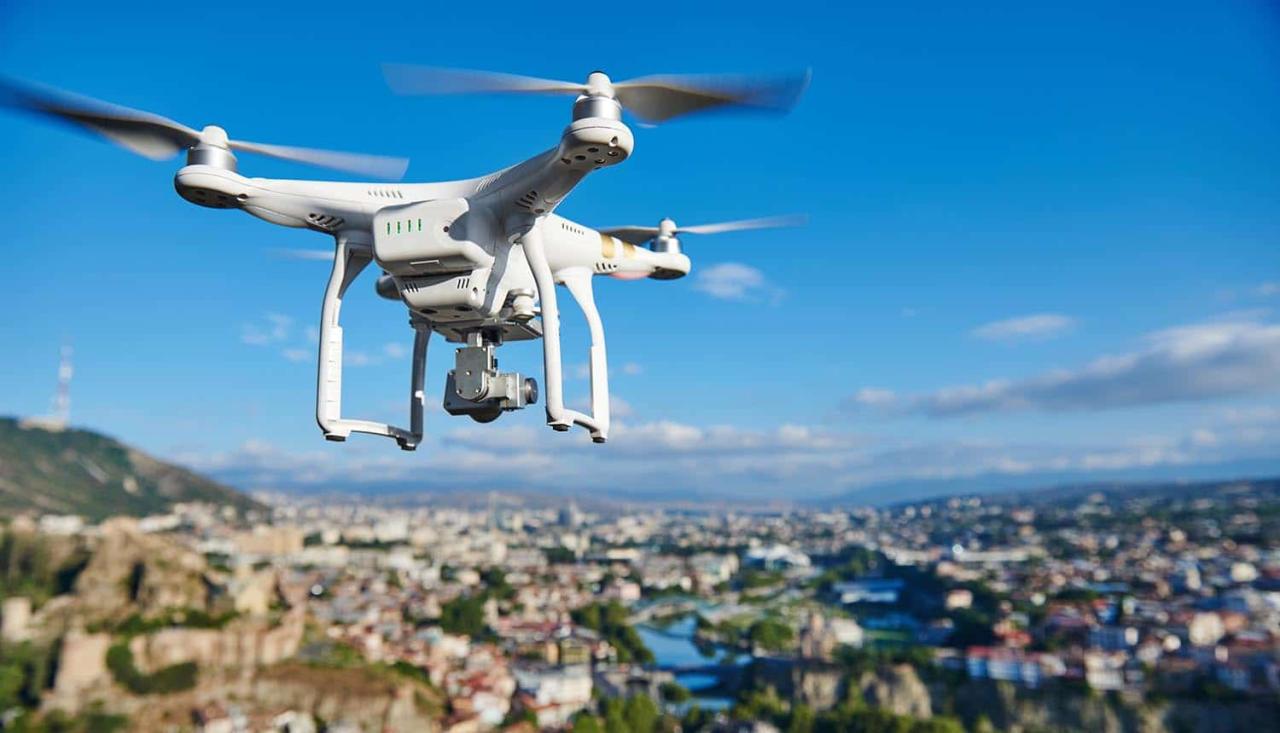
Operating drones in adverse weather conditions presents significant risks, including loss of control, damage to the drone, and potential harm to people or property. Mitigation strategies include avoiding flights in high winds, heavy rain, or thunderstorms, using appropriate safety equipment, and having contingency plans in place.
Legal Requirements and Permits for Drone Operations
Operating drones for atmospheric research typically requires obtaining specific permits and licenses from relevant aviation authorities. These permits vary depending on the location, the type of drone being used, and the nature of the research. Failure to comply with these regulations can lead to legal repercussions.
Typical Drone Flight Path for Atmospheric Monitoring
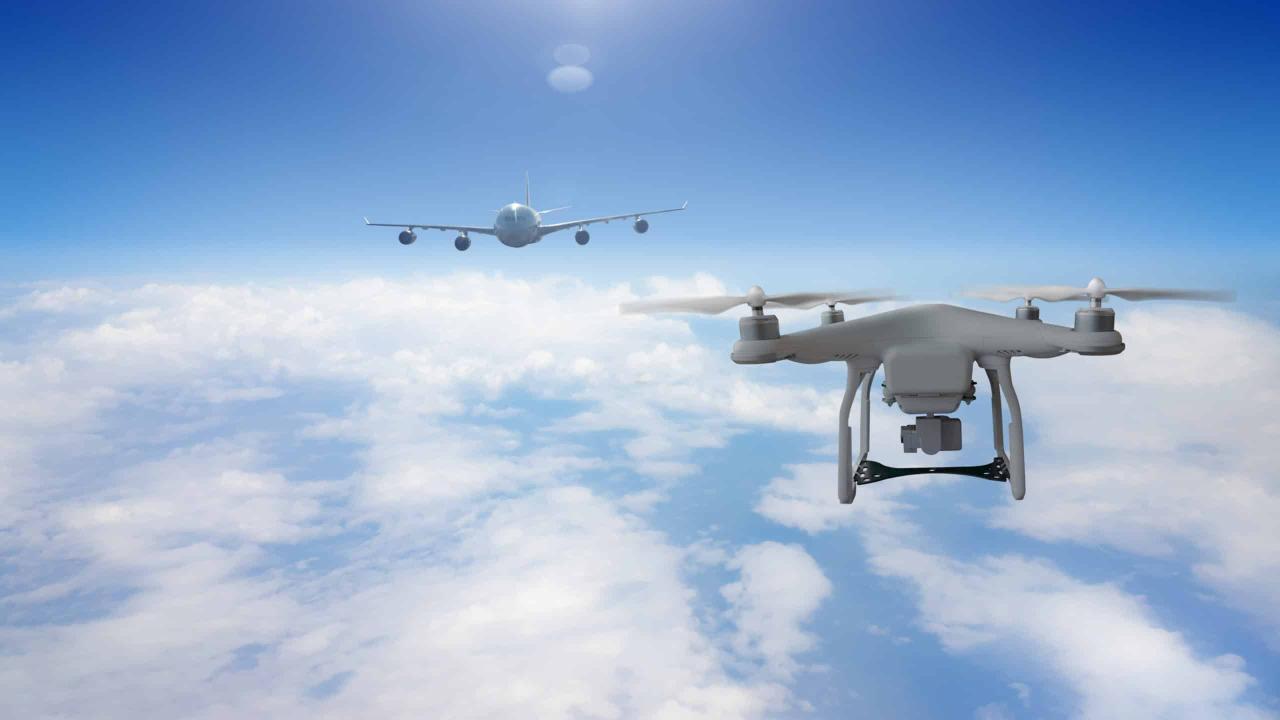
A typical flight path for atmospheric monitoring might involve a grid pattern over the area of interest, with altitude variations to capture data at different atmospheric levels. The flight path would avoid restricted airspace, such as airports and military bases, and would adhere to all applicable regulations. Real-time monitoring of weather conditions would be crucial to ensure safe operation.
Sky elements drones offer exciting possibilities for aerial photography and data collection. Their applications are vast, and studying remote areas benefits greatly from their capabilities. For instance, researchers utilize drone imagery to monitor environmental changes, as seen in the detailed analysis provided by the cobequid pass camera project. This kind of high-resolution data significantly improves the overall understanding gained from sky elements drones in various fields.
The drone would return to its designated landing zone for data retrieval.
Sky elements drones are revolutionizing aerial displays, offering breathtaking possibilities for entertainment and artistic expression. For a prime example of this innovative technology in action, check out the spectacular visuals at the florida drone show , showcasing the latest advancements in synchronized drone choreography. Witnessing such a display truly highlights the potential of sky elements drones to create unforgettable experiences.
Future Applications of Drones in Sky Element Studies
The future of drone technology in atmospheric research is bright, with ongoing advancements promising significant improvements in data collection and analysis. The integration of AI and machine learning will further enhance the capabilities of drone-based atmospheric studies.
Advancements in Drone Technology
Advancements such as longer flight times, increased payload capacity, improved sensor technology, and autonomous flight capabilities will enhance data acquisition and expand the scope of research. The development of more robust and weather-resistant drones will allow for data collection in a wider range of conditions.
AI and Machine Learning in Drone Data Processing
AI and machine learning algorithms can automate data processing, analysis, and interpretation, leading to more efficient and accurate results. These algorithms can be used to identify patterns, anomalies, and trends in atmospheric data that might be missed by manual analysis. This automation allows researchers to focus on interpretation and scientific conclusions.
Emerging Applications in Climate Change Research and Environmental Monitoring
Drones are playing an increasingly important role in climate change research, enabling the monitoring of glaciers, ice sheets, and other environmental changes. They are also used for monitoring air and water quality, assessing deforestation, and tracking wildlife populations. These applications contribute to a better understanding of environmental challenges and inform effective conservation strategies.
Integrating Drone Data with Other Atmospheric Data Sources
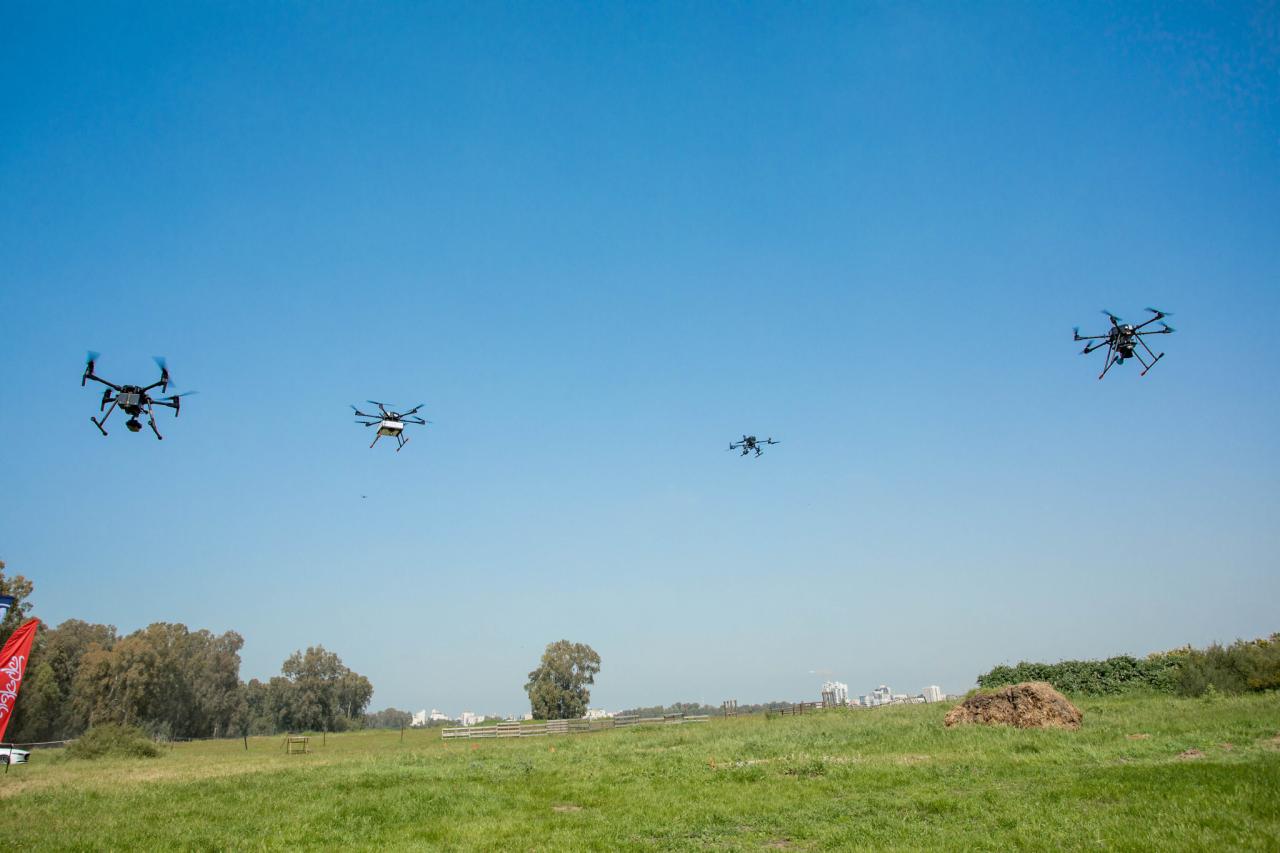
Integrating drone data with data from other sources, such as satellites and weather stations, provides a more comprehensive and accurate picture of atmospheric conditions. This integrated approach allows for improved weather forecasting, climate modeling, and environmental monitoring. Combining the high-resolution spatial data from drones with the broader coverage of satellites creates a synergistic approach to atmospheric understanding.
In conclusion, the integration of drones into atmospheric research signifies a significant advancement in our ability to understand and monitor sky elements. The versatility, cost-effectiveness, and detailed data provided by drone technology offer invaluable insights into weather patterns, air quality, and climate change. As drone technology continues to evolve, incorporating AI and machine learning, we can anticipate even more sophisticated applications, leading to improved atmospheric modeling, more accurate weather forecasting, and a deeper understanding of our planet’s atmosphere.
General Inquiries: Sky Elements Drones
What types of sensors are commonly used on atmospheric drones?
Common sensors include temperature and humidity sensors, barometric pressure sensors, anemometers (for wind speed and direction), GPS, and various types of cameras (visible light, infrared, multispectral).
How long can atmospheric drones typically stay aloft?
Flight times vary greatly depending on drone size, battery capacity, and payload. Typical flight times range from 20 minutes to over an hour, but larger drones with specialized batteries can achieve significantly longer flight durations.
What are the main regulatory hurdles for operating atmospheric drones?
Regulations vary by country and region, but generally involve obtaining necessary permits, adhering to airspace restrictions (avoiding airports and other restricted zones), and complying with safety protocols to prevent accidents or unauthorized data collection.
How is data from atmospheric drones processed and analyzed?
Data processing involves downloading sensor readings and image data, cleaning the data, and using specialized software for analysis. Techniques include image processing, statistical analysis, and integration with other data sources for comprehensive interpretations.
